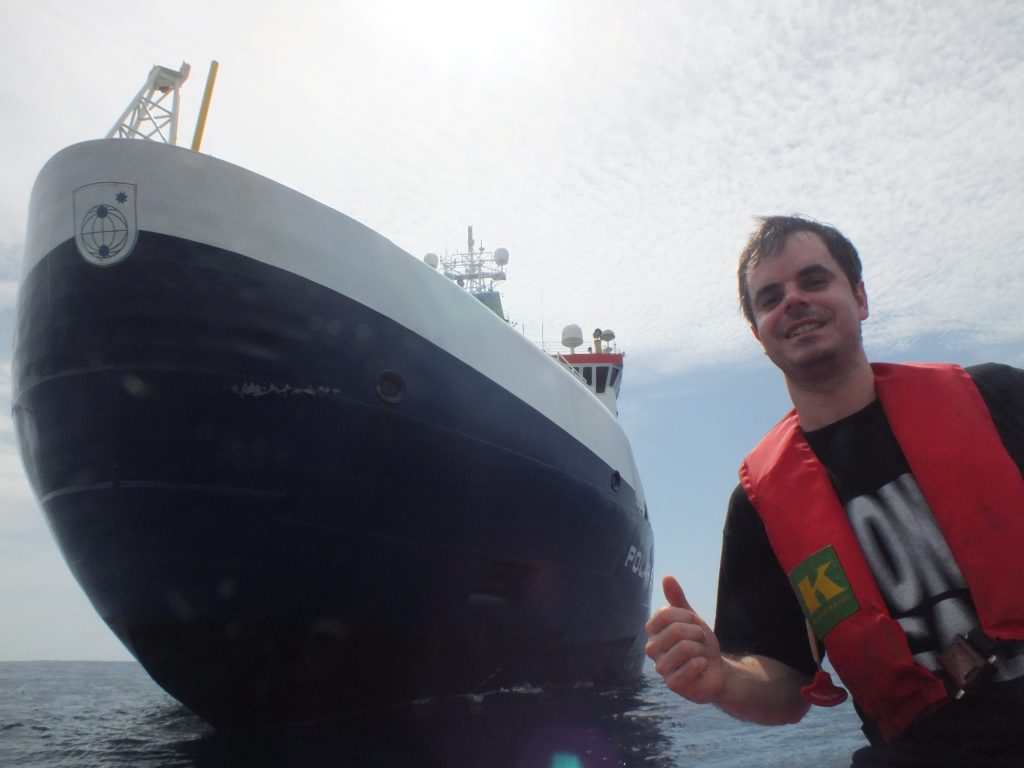
Research interests:
Analytical chemistry
Electroanalysis
Voltammetry
Trace analysis
Environmental analysis
In situ determinations
Natural waters
Cooperation with Prof. Dr. A. Koschinsky:
My research is based on the development and application of voltametric methods using mainly the techniques of adsorptive stripping voltammetry, differential pulse voltammetry and square wave voltammetry, and different sensors, to determine precisely and accurately the concentrations of elements at trace and ultratrace levels (parts per billion and parts per trillion) in environmental samples, especially natural waters.
I have been working in cooperation with professor Koschinsky since 2011, when I carried out part of the experiments of my PhD thesis at the Jacobs University Bremen under her supervision. Since then, we have been analyzing several samples regarding trace metals, to answer important questions about the sources, distributions and sinks of several chemical species in fluvial, estuarine, and marine environments. Since 2015, I am Assistant Professor at the Federal University of Rio Grande do Sul (Brazil), and I and my PhD student continue to cooperate scientifically with the research group of Prof. Koschinsky within the framework of the Amazon-GEOTRACES and the Amazon-GEOTRACES-2 projects.
In 2012, I participated in a research cruise across the Atlantic Ocean with the RV Polarstern (cruise ANT XXVIII/5). During this expedition, samples at several sampling sites and depths along the transect from Punta Arenas (Chile) to Bremerhaven (Germany) were taken by a CTD rosette. Still in 2012, I and Prof. Koschinsky together with two of her students participated in a sampling campaign in the Amazon region, collecting samples from the rivers Tocantins, Amazon, Pará and their tributaries, remaining the most part of the mid to high salinity ranges in this region still not sampled until ca. 6 years later, in April/May 2018, during the high-discharge period, when we participated in the cruise M147 with the RV Meteor, having Prof. Koschinsky as chief scientist.
During the M147 cruise, I carried out in situ determinations (onboard the ship) of V(V) and Mo(VI), as well as Ti(IV) inland with my PhD student, by differential pulse adsorptive stripping voltammetry (DPAdSV), in samples collected, filtered and ultrafiltered during the cruise. A second expedition in this area has been approved and is of great importance to understand the distribution of these and other trace elements in the dry season, i. e., during the low discharge period of the Amazon and Pará rivers into the Atlantic Ocean.